Why are most common mode chokes only given with a impedance curve, inductance at a specific frequency and current rating (this is clear).
Wouldn't be S-parameter better? I know it's more work, but what can I calculate with the impedance?
Thanks
Why are most common mode chokes only given with a impedance curve, inductance at a specific frequency and current rating (this is clear).
Wouldn't be S-parameter better? I know it's more work, but what can I calculate with the impedance?
Thanks
most common-mode chokes only give an impedance curve, inductance at a specific frequency and current rating.... why not s parameters?
Some day you may find s parameters for RF CM chokes. It's a good idea for a limited application with 50 Ohm ports.
But in general, that is not the case as it is the impedance ratios that matter for Z{CM/DM} with some frequency dependant load or the degradation of an INA CMRR (instr. Amp) due to slight wire CM impedance mismatches.
The different purposes of a Balun or CM choke affect the choice of CM choke and its design for noise reduction on Grid, SMPS harmonics, RF interference on Ethernet, VGA noise emissions and converting unbalanced 50,75 lines to more balanced lines. But the primary reason is to raise CM impedance for some load relative to the Impedance of each line. Ideally, a CM choke should not add any differential impedance if perfect coupled lines. (M=1 & DCR=0)
When this happens with CM interference how much is injected? what is the attenuation? Attenuation and reflections are shown with s parameters but may not be relevant for the Choke until the reactive or resistance load is added. You could create s-parameters for a 50 Ohm load, but some chokes are not used for that impedance such as power supplies.

simulate this circuit – Schematic created using CircuitLab
The more significant parameter not mentioned in datasheets is the degree of mismatch in the CM impedance. It is this overall mismatch that ultimately determines the CMRR or ratio of attenuation of CM/DM into some load with some external CM interference and DM signal.
Low inductance bifilar wound use twisted-pair magnet wire. For DIY one can use a single magnet wire then folded in half and twisted so the inductance in each leg is almost identical within 0.5% then wound around some core with the midpoint split open to form the other port.
High inductance CM chokes will wind the same number of turns on opposite sides but may have a slightly worse matching due to differences in the high permeability MgZn on either side.
Magnetics tend to be custom, so there may be a limited selection of stock items, yet there are millions of combinations of material properties and design to meet specs when feasible. In some situations, I have improvised with 1:1 signal transformers with high inductance.
"it is worth nothing that according to (1), when k = 1, i.e. assuming M = L, then Lcm = 0 and Ldm = 4L. Therefore, a coupled DM inductor is very different from two decoupled DM inductors, which would result in Lcm = L/2 and Ldm = 2L."